Just got back from 10 days in France, and I’ve decided to actually start using this website for more posts.
Right after we landed in Paris and got our car, we headed right out for Belleau Wood. A little over an hour northeast of the City of Light, this was the first battle area we visited. It was some 95 degrees (F) out that day, but it was so moving to see the wheat fields over which the US Marines attacked in June 1918, and to walk in the wood itself.
One spot where we stopped was the German cemetery at Belleau, where some 8,000 Germans rest in peace now. Many of the dates of death center in 1918, the time of the German Kaiserschlacht offensives.
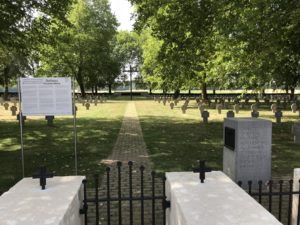
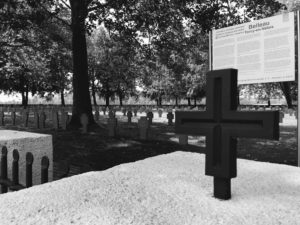
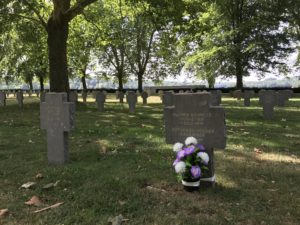
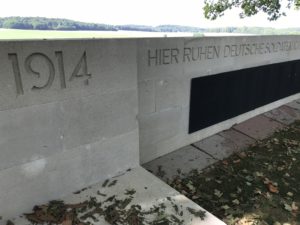
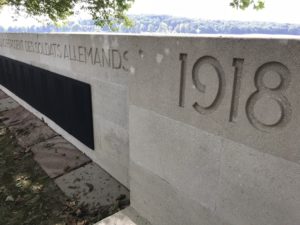
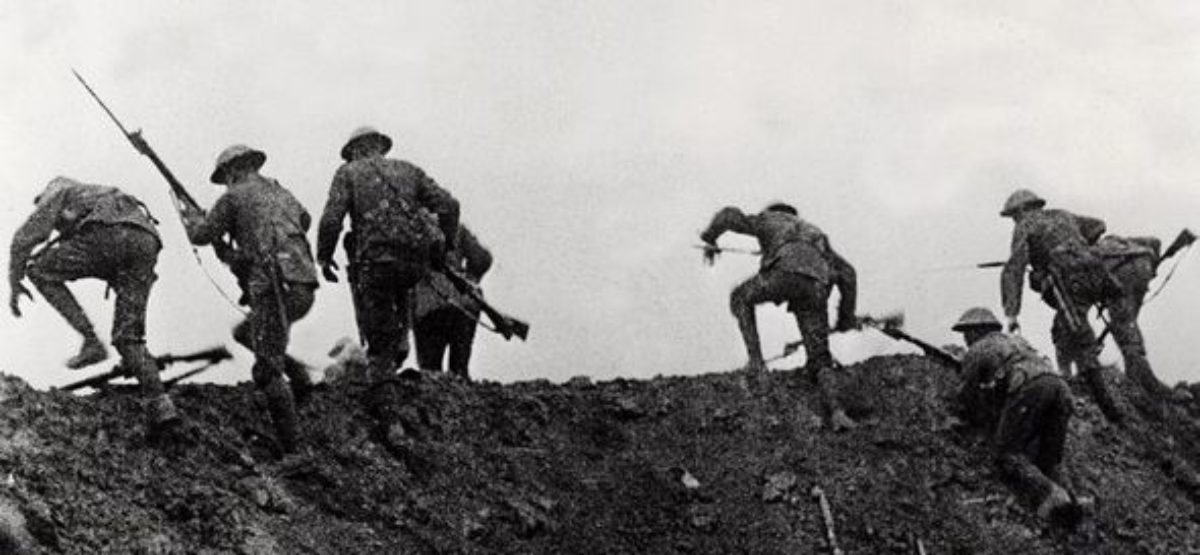
Great pictures!
Hi Paul,
Good to hear from you! It was an awesome trip, we saw a lot but had some good downtime as well. There will be more photos coming over the next weeks, too.
— Mike
I last visited Belleau Wood about twenty years ago. I made a point of also visiting the much smaller German cemetery up the road, much less visited. I remember that the gravestones of the Jewish soldiers buried there looked newer than the markers on the graves of the other soldiers. It struck me that perhaps the gravestones of the Jewish soldiers who had died fighting for their country at Belleau Wood had been removed during World War II by the occupying Germans and later replaced after the war. Is this the case?
Hi Mark,
I have some contacts to whom I will forward your question. I’ll follow up as soon as I hear back.
— Mike
Hi Mark,
So here’s what I have learned:
The German cemeteries featured wooden crosses that weren’t fully replaced until 1972 (!). What you saw may have been different rates of wear on those particular stones, or one of them may have been more recently replaced.
No one I communicated with was aware of any systematic Nazi policy of defacing or removing German Jewish headstones, but of course individual units or soldiers in the area may have acted differently.
Hope this answer helps.
Best regards,
Mike